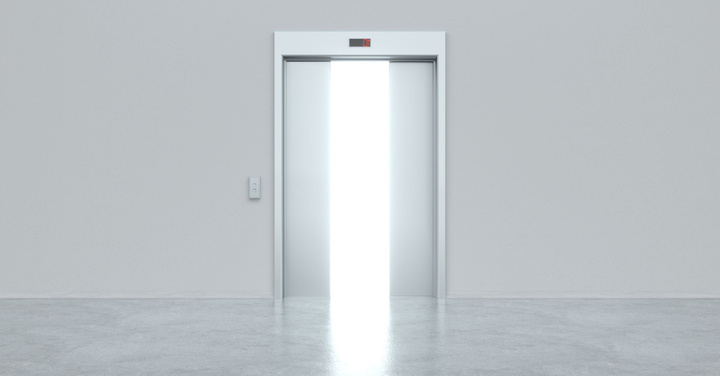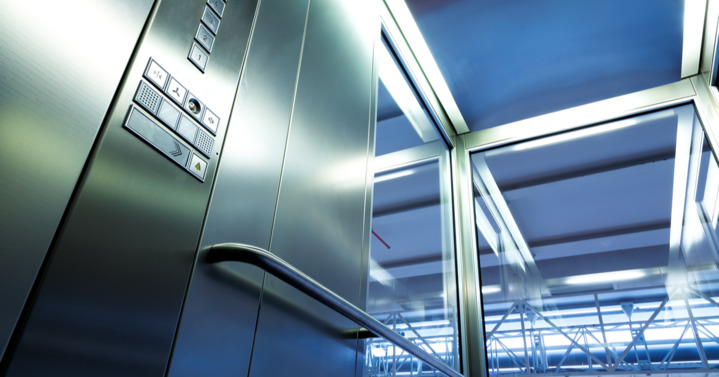Best Practices for Elevator Interior Design
Much has changed when it comes to elevator interior design for buildings big and small alike. Elevator design may include complete overhauls or merely stainless steel refinishing. It all depends. And according to Facility Executive, “The reopening of America’s states and cities is in progress. And as stay at home orders are lifted, more of us are heading back into the office. This means millions of Americans — especially city dwellers — will once again rely on elevators to move about their daily lives. A once normal and perhaps even mundane part of the commute, the elevator has become a subject of concern and intrigue in the wake of the coronavirus (COVID-19) pandemic, which is forcing all of us to look at our day-to-day activities in quite different ways.” With interior design practices a point of concern for many, it is time to take a serious look at this part of building management. Here are the top best practices your team should follow for a faster redesign.
1. Connect With Building Tenants and Users to Determine Preference for the Aesthetic
For apartments and hotels, the look and feel of the facility will impact tenant satisfaction. Tenant recommendations and thoughts for elevator interior design can give you a clear picture of redesigning the space best.
2. Identify Problem Areas, Such as Smudging Materials or Dinged Doors
Little things can quickly add up, and minor annoyances can lead to dissatisfaction. Dinged up doors, faded paint, dirt walls, and broken features can distract from the otherwise great look and feel of the elevator interior design elements. Look for these problem areas and determine whether refinishing or complete redesign is necessary.
3. Consider Easy-to-Clean Surfaces
Material that is harder to clean and maintain can be more work than it is worth. Thus, it is worth checking to see if better options are available for cab redesign. It will save time and money and help keep users satisfied, which is always worth the initial investment.
4. Avoid Surfaces That Cannot Be Easily Disinfected
Sanitation is a leading concern for facility managers, especially when it comes to customized options or intricate elevator interior design elements. Choose materials that naturally reduce viral and bacterial growth, as well as being easy to clean..
5. Remember to Consider the Design Impact on Weight, Balance, and More
The best elevator interior designs will cost way more than planned if they are not safe or functional. Always thoroughly evaluate design elements’ impact to ensure the elevators can still be safely used. Again, that point is aimed explicitly toward total weight balance.
Work With an Expert in Elevator Interior Design to Avoid Problems
When designing a new elevator interior for a building, owners need to be sure they are working with experienced consultants. A consultant will help prevent problems down the road and ensure everything with the elevator interior design is safe and properly coded. Get a safe and efficient elevator design for your building; request a consultation with The JOBS Group.



